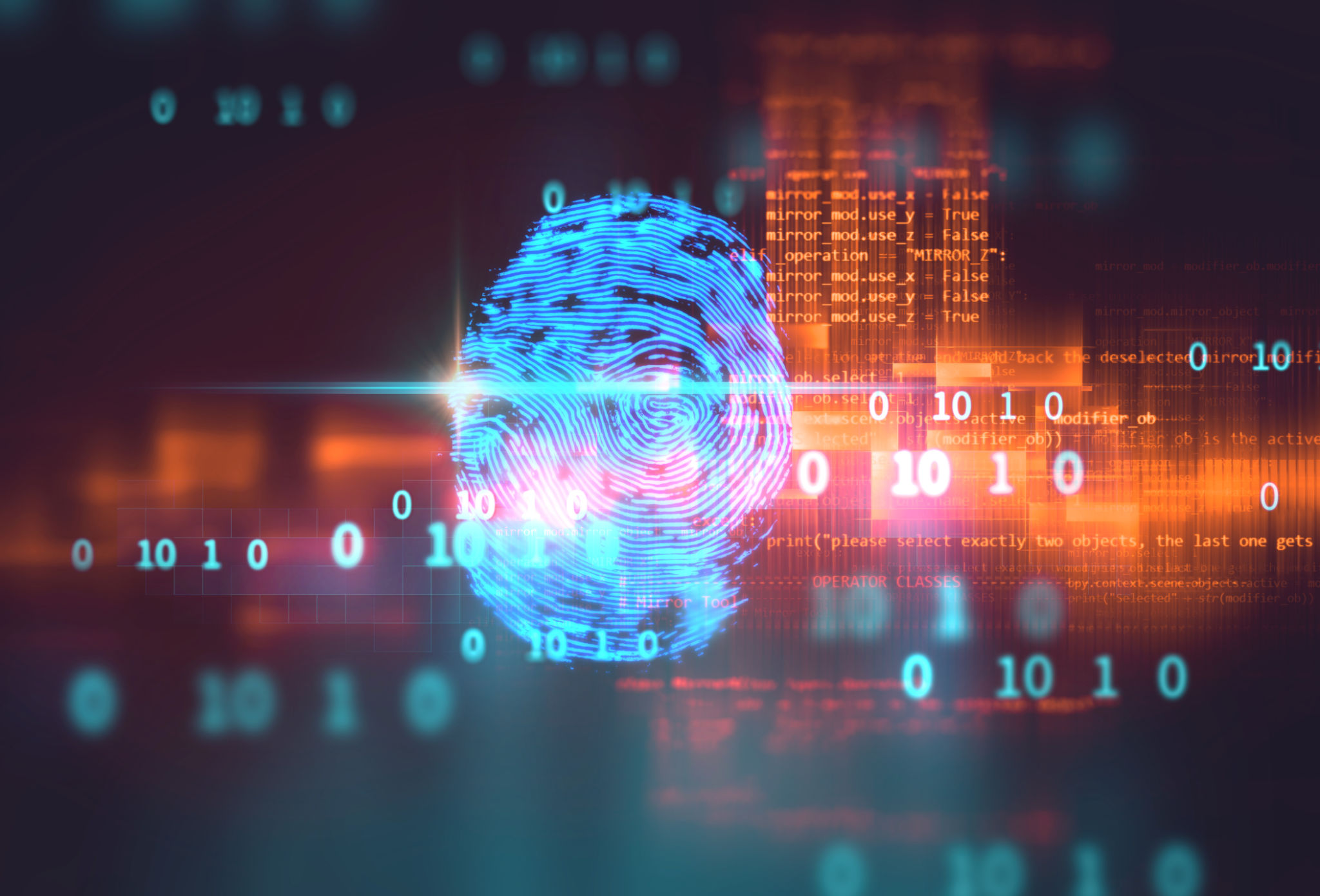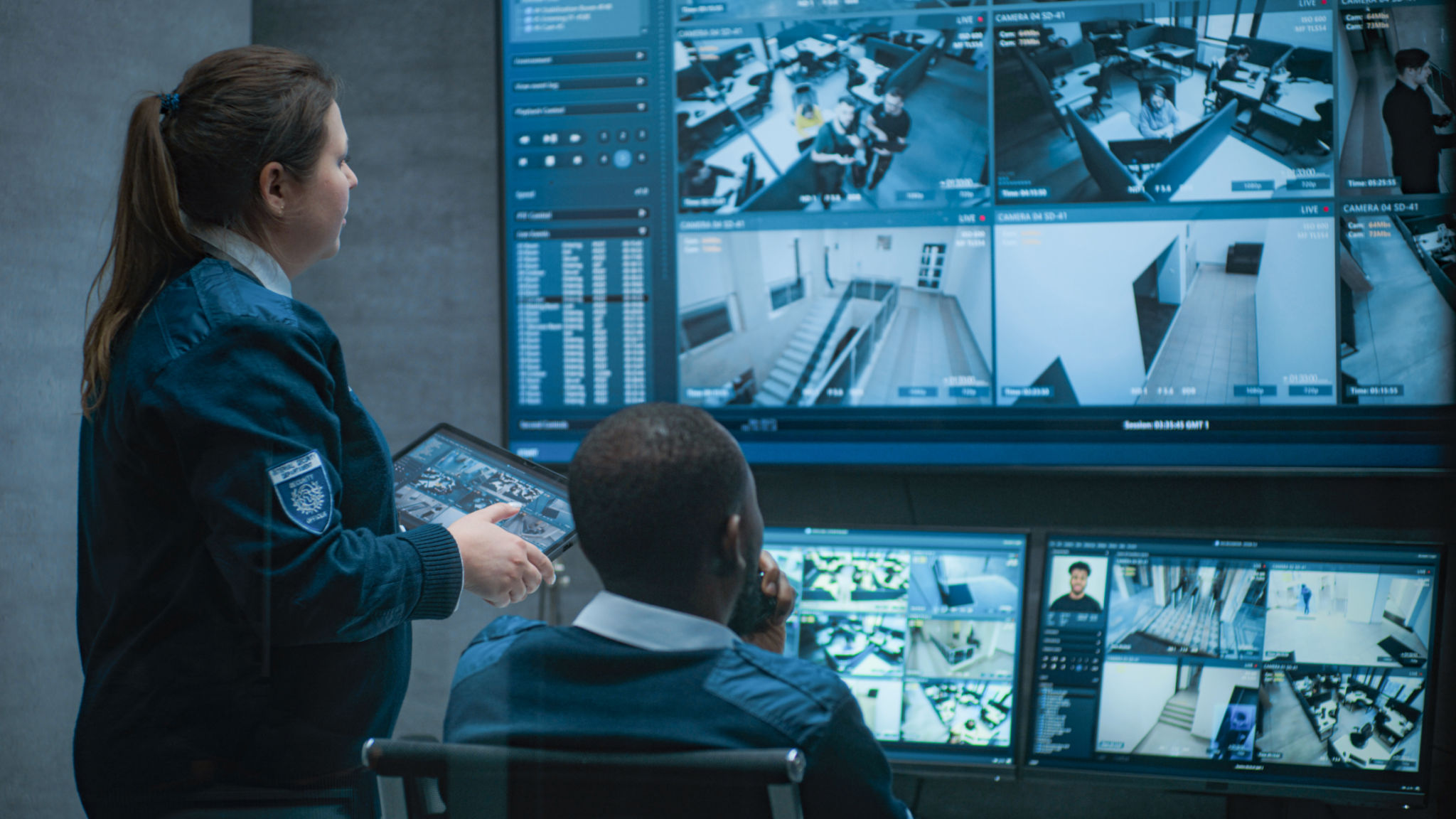Understanding Fingerprint Live Scans: A Complete Process Overview
Introduction to Fingerprint Live Scans
Fingerprint live scans are an essential component in modern security and identification processes. Unlike traditional ink and paper fingerprinting, live scans are digital, providing more accurate and efficient results. This technology is widely used in various sectors, including law enforcement, employment background checks, and immigration.

How Do Fingerprint Live Scans Work?
The process of fingerprint live scanning involves capturing digital images of a person's fingerprints using a specialized scanner. The scanner uses optical or capacitive technology to create detailed fingerprint patterns. Once captured, these images are converted into digital data that can be transmitted, stored, and analyzed with ease.
The live scan device then checks the captured fingerprint patterns against a database to verify identity. This ensures that the person being scanned matches the records on file, adding an extra layer of security and accuracy.
The Step-by-Step Process
The fingerprint live scan process is straightforward but involves several key steps to ensure accuracy and compliance:
- Preparation: The individual’s hands must be clean and dry before scanning to ensure high-quality images.
- Capture: The individual's fingerprints are placed on the scanner, which captures the prints digitally.
- Data Transmission: The digital images are sent to a secure database for analysis.
- Verification: The fingerprints are compared against existing records to verify identity.
Benefits of Using Fingerprint Live Scans
The adoption of live scan technology offers numerous advantages over traditional methods. Firstly, it provides enhanced accuracy by reducing the chances of human error during the capture process. Additionally, live scans are more secure as they eliminate the physical handling of sensitive data.

Moreover, fingerprint live scans offer quicker processing times. Digital data can be transmitted instantly, allowing for faster identification and verification. This speed is particularly beneficial for industries requiring rapid checks, such as airport security or employment background screenings.
Applications Across Industries
Fingerprint live scans have become integral in various fields. In law enforcement, they are critical for criminal investigations and background checks. The healthcare industry uses them to ensure the security of sensitive patient information. Additionally, educational institutions employ live scans for verifying staff and student identities.
The financial sector also benefits from this technology by using it to safeguard transactions and verify customer identities. As biometric security continues to evolve, fingerprint live scanning will likely expand into even more sectors.

Addressing Privacy Concerns
While fingerprint live scans offer numerous benefits, they also raise privacy concerns. To address these issues, strict regulations govern the collection, storage, and use of biometric data. Organizations must comply with laws such as GDPR or the CCPA, ensuring that personal data is handled responsibly and securely.
Individuals have the right to know how their biometric data is used and stored. Companies utilizing live scans must be transparent about their data practices and provide clear opt-in options for users.
The Future of Fingerprint Live Scans
As technology advances, fingerprint live scans will continue to evolve. Innovations such as AI integration and improved scanner accuracy promise even greater efficiency and security. Furthermore, as society becomes increasingly digitalized, the demand for robust identification solutions like live scans will only grow.
Embracing this technology not only enhances security but also streamlines processes across various industries, making it a valuable asset in today's fast-paced world.